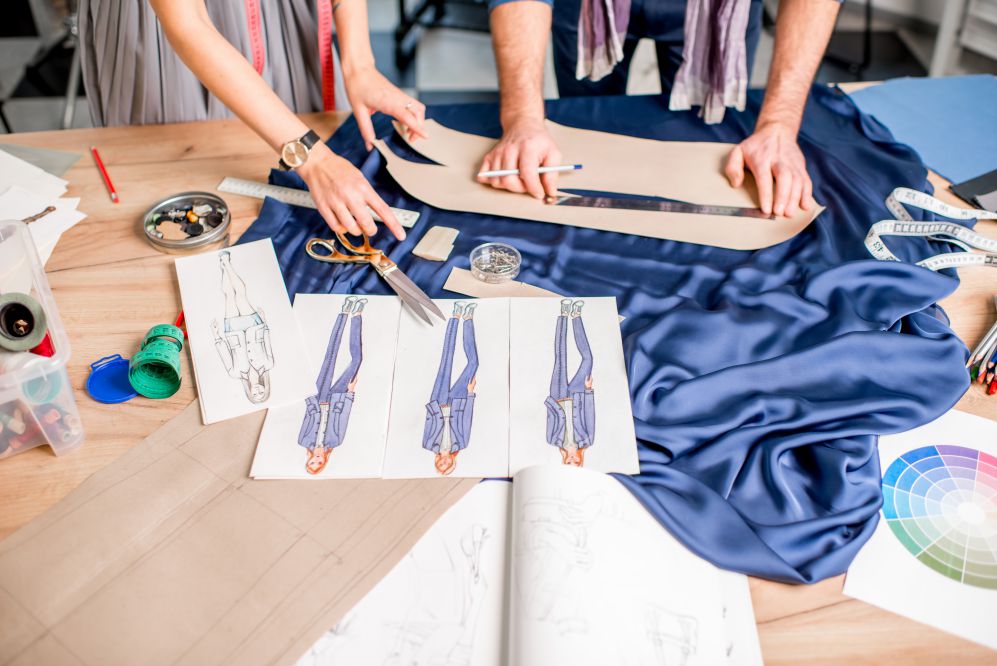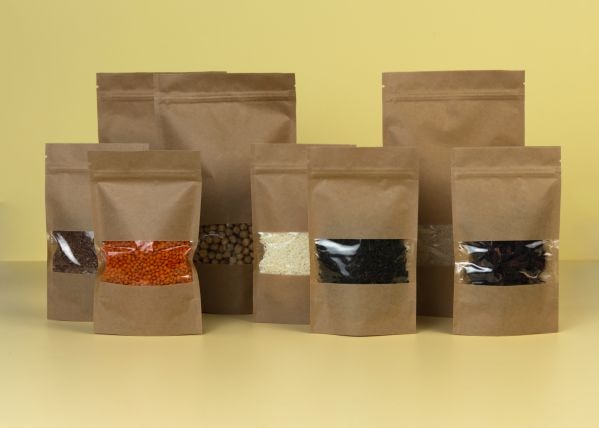In this article we will focus on one of CO2 lasers’ applications: laser heat treating of metals.
This type of treatment refers to the use of a laser as a heat source to be applied on a metal surface in order to make it more resistant to wear and mechanical fatigue.
There are several metals this operation can be applied to and results vary according to the type of metal or metal alloy. Laser heat treatment is used most on steel. This alloy is ideal for this type of treatment because of its carbon content and versatility.
Laser heat treatment can actually be divided into 3 diffferent types of processes: laser transformation hardening, laser annealing and laser surface melting.
In this article we will cover the first of these applications since it is the most widespread.
The way this process works
As opposed to traditional heat treating processes, lasers can be controlled with extreme precision. This makes it possible to contain the area and the depth of the layer that will undergo the heat treatment.
This characteristic is very useful in the processing of components subjected to mechanical or thermal stress such as, for example, cogs and mechanical components in general or work-related tools.
One of the most widespread applications on steel is the hardening process. It is caused by the transformation of the atomic structure of a layer of steel. More specifically, laser energy is applied to the surface followed by a rapid cooling. This causes a uniform diffusion of the carbon atoms which makes the surface more resistant to wear and mechanical stress.
Here is a partial list of metals on which the process can be applied:
- low-carbon steel (up to 0.30%)
- Medium and high carbon steel (up to 0.80%)
- Various types of steel alloy
As previously stated, the final results of the process are highly variable and, depending on the type of material, can either increase a metal’s resistance or pliability, or oppositely increase its ductility.
Before starting the process, it is therefore fundamental to analyse the metal’s content and understand the final use of the produced object.
Send us a message with your requirements and we will help you find the right laser solution for you.




